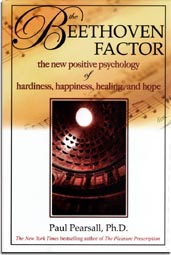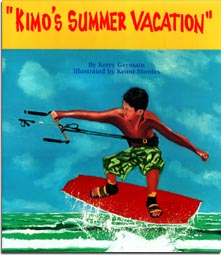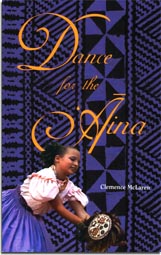
[ BOOKSHELF ]
The Local Literary Scene
Isle pages
New releases from
Hawaii authors
"Tourism and the Economy"
by James Mak
(University of Hawaii Press, $25)I've always been convinced that the key to Hawaii tourism wasn't attracting more visitors -- it was getting the ones we already have to stay longer and enjoy themselves more. Thanks to UH economics prof Mak, I find that my gut feeling is partially right: Visitors want more "utility" out of their destinations when traveling long distances, but ironically, the ease of flying to Hawaii has "cheapened" it. The trick, of course, is to understand basic concepts like that when selling the islands to potential visitors. Mak's book is an easy-to-understand text (despite all the charts and graphs) that explains the basics of a tourism economy to the layman and student. Tourism is vitally important to the islands, but it is threatened by a whole host of economic, political and cultural forces. It has to be a pro-active business to survive. And what are we going to do if the American middle class evaporates? Every legislator and attraction operator should read this book to get a clue. Recommended.
"The Beethoven Factor"
by Paul Pearsall
(Hampton Roads, $22.95)Our best-selling Hawaii Kai feel-good philosopher examines the notion that what doesn't kill you just makes you happier.
"Kimo's Summer Vacation"
by Kerry Germain,
illustrated by Keoni Montes
(Island Paradise, $12.95)Germain's Kimo series continues with Kimo stuck in his back yard as neighbor kids visit the mainland. That sucks! But Kimo learns that fun has to be earned on it's own terms. Insightful and clever, with a valuable life lesson for kids.
"A Runner's Guide to O'ahu"
by Richard W. Varley
(University of Hawaii Press, $16.95)Despite all the maps and stats in here, it's difficult to visualize these sites without pictures. This might have worked better as a constantly updated Web site. Useful for runners, and for those driving around them.
"Dance for the 'Aina"
by Clemence McLaren
(Bess Press, $9.95)Originally winning awards when it was published as "Dance for the Land," Kamehameha teacher McLaren's young-adult novel about a hapa-haole girl struggling with conflicting ethnic identities, family and the sense of home struck a chord with readers. Gracefully republished by Bess, it still resonates for local folk.
Click for online
calendars and events.





